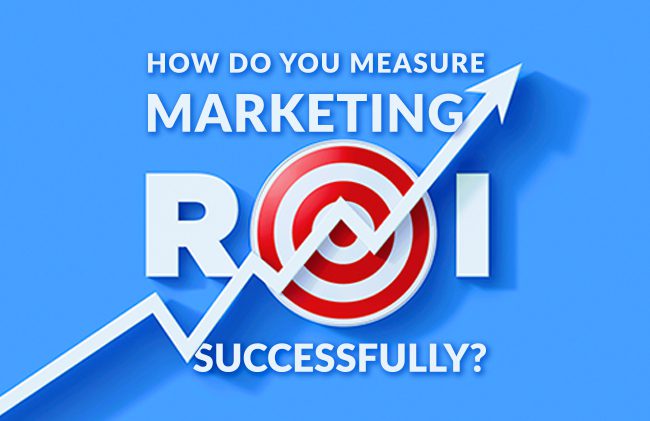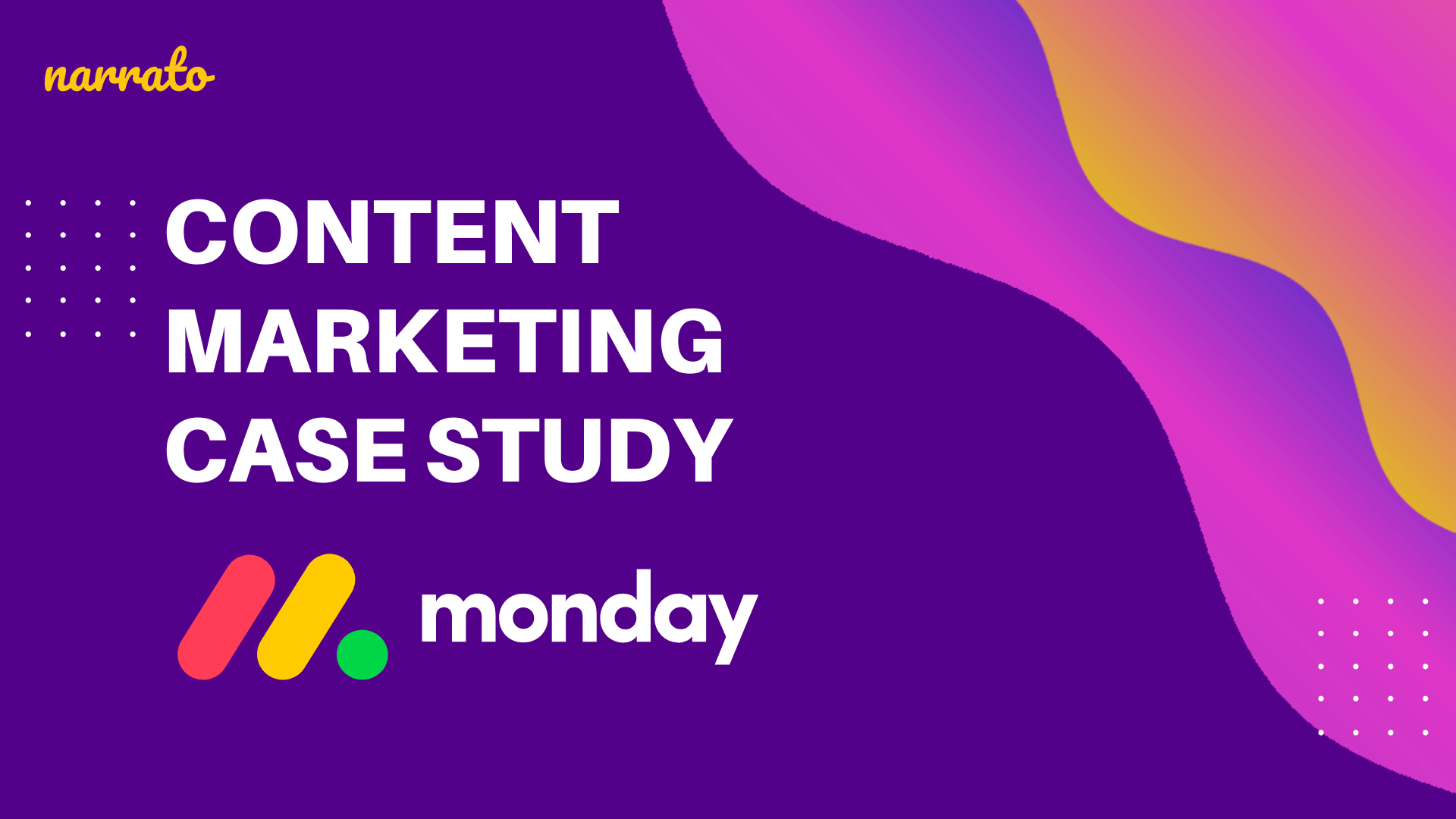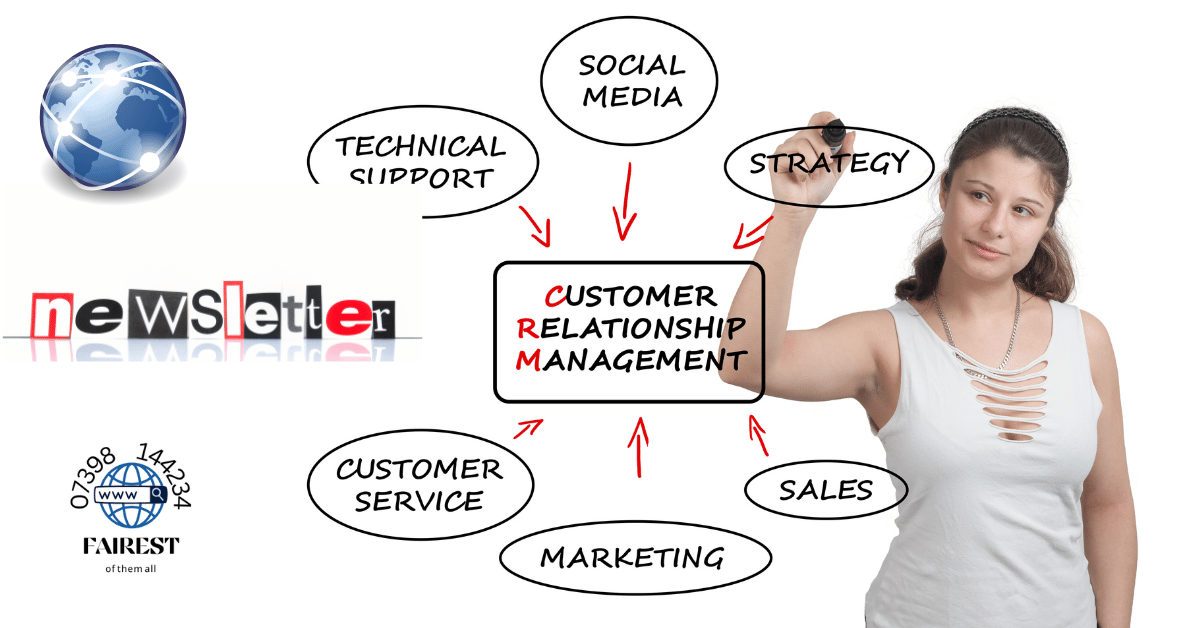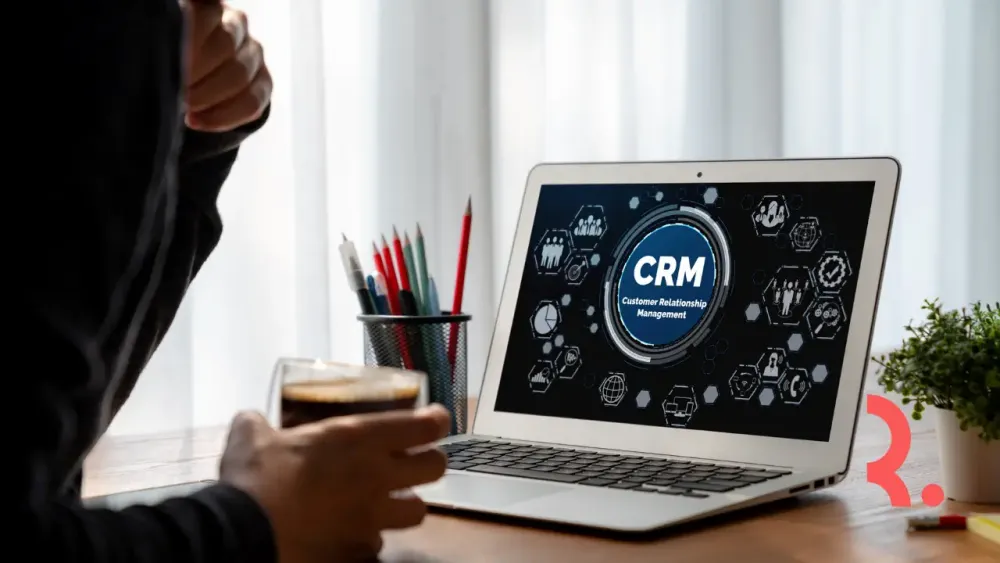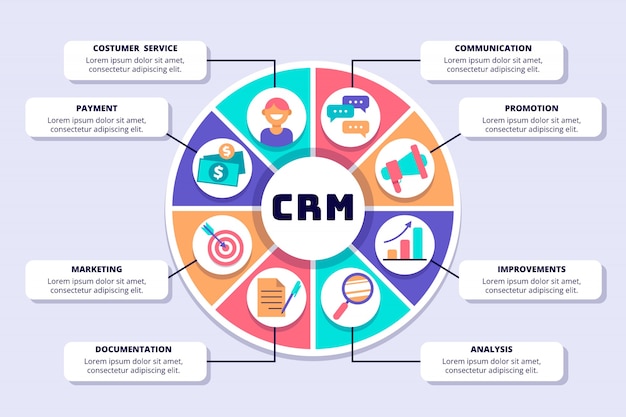Unlock Customer Loyalty: Mastering CRM, Marketing, and Reward Programs for Explosive Growth
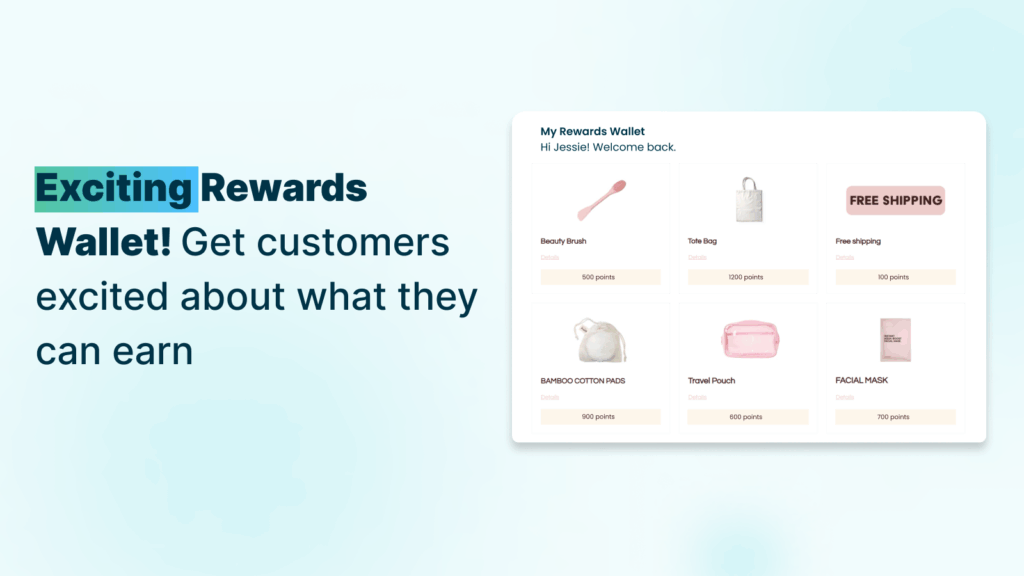
Unlock Customer Loyalty: Mastering CRM, Marketing, and Reward Programs for Explosive Growth
In today’s hyper-competitive market, simply having a great product or service isn’t enough. Building lasting relationships with your customers is the key to sustainable success. That’s where the dynamic trio of CRM (Customer Relationship Management), marketing strategies, and loyalty rewards programs comes into play. This comprehensive guide will delve deep into how these three elements work together to cultivate customer loyalty, drive repeat business, and ultimately, boost your bottom line. We’ll explore the intricacies of each component, provide actionable insights, and equip you with the knowledge to create a winning strategy.
Understanding the Core Concepts
What is CRM?
At its heart, CRM is more than just software; it’s a philosophy. It’s about understanding your customers, anticipating their needs, and tailoring your interactions to create a positive and personalized experience. CRM systems are designed to centralize customer data, track interactions, and automate processes, allowing businesses to build stronger relationships. Think of it as the central nervous system of your customer interactions.
Key benefits of CRM include:
- Improved Customer Understanding: Gaining a 360-degree view of each customer, including their purchase history, preferences, and communication history.
- Enhanced Customer Service: Providing faster, more efficient, and personalized support.
- Increased Sales: Identifying and nurturing leads, closing deals more effectively, and upselling/cross-selling opportunities.
- Streamlined Marketing: Creating targeted campaigns based on customer segmentation and behavior.
- Data-Driven Decision Making: Leveraging data analytics to identify trends, optimize strategies, and measure ROI.
The Power of Marketing in the CRM Ecosystem
Marketing isn’t just about advertising; it’s about crafting compelling messages, delivering them to the right audience, and nurturing leads through the sales funnel. In the context of CRM, marketing becomes incredibly powerful. CRM data provides the insights needed to segment your audience, personalize your messaging, and optimize your campaigns for maximum impact. Marketing teams can leverage CRM data to understand customer behavior, preferences, and pain points, allowing them to tailor their campaigns accordingly.
Key marketing strategies that integrate seamlessly with CRM include:
- Email Marketing: Sending targeted emails based on customer segments, purchase history, and behavior.
- Social Media Marketing: Engaging with customers on social media platforms and driving traffic to your website.
- Content Marketing: Creating valuable content that resonates with your target audience and attracts new leads.
- Personalized Advertising: Using CRM data to create personalized ads that are more likely to convert.
- Marketing Automation: Automating repetitive marketing tasks, such as lead nurturing and email follow-ups.
Loyalty Rewards: Turning Customers into Advocates
Loyalty rewards programs are designed to incentivize repeat business and foster a sense of appreciation among your customers. They go beyond simply rewarding purchases; they aim to build a long-term relationship by acknowledging customer loyalty and providing exclusive benefits. A well-designed loyalty program can significantly improve customer retention, increase customer lifetime value, and generate positive word-of-mouth marketing.
Key elements of a successful loyalty program include:
- Clear and Simple Rules: Making it easy for customers to understand how to earn and redeem rewards.
- Attractive Rewards: Offering rewards that are valuable and relevant to your target audience.
- Personalization: Tailoring rewards and offers to individual customer preferences.
- Gamification: Incorporating game-like elements, such as points, badges, and leaderboards, to increase engagement.
- Communication: Keeping customers informed about their points balance, rewards, and special offers.
Integrating CRM, Marketing, and Loyalty Rewards
The true power lies in the synergy between CRM, marketing, and loyalty rewards. By integrating these three elements, you can create a customer-centric ecosystem that drives engagement, increases sales, and fosters long-term loyalty. This integration allows you to collect customer data, use that data to personalize marketing efforts, and then reward customers based on their behavior and interactions.
Step-by-Step Integration Guide
- Choose the Right CRM System: Select a CRM system that meets your specific needs and budget. Consider factors such as scalability, ease of use, and integration capabilities. Popular CRM platforms include Salesforce, HubSpot, Zoho CRM, and Microsoft Dynamics 365.
- Implement Marketing Automation: Integrate your CRM with a marketing automation platform to streamline your marketing efforts. This will allow you to automate tasks such as email marketing, lead nurturing, and social media engagement.
- Design a Compelling Loyalty Program: Create a loyalty program that aligns with your brand and resonates with your target audience. Consider offering a variety of rewards, such as discounts, free products, exclusive access, and personalized experiences.
- Segment Your Customers: Use CRM data to segment your customers based on their demographics, purchase history, behavior, and preferences. This will allow you to personalize your marketing messages and loyalty offers.
- Personalize Your Marketing Campaigns: Use CRM data to personalize your marketing campaigns, including email marketing, social media marketing, and advertising. Tailor your messaging to each customer segment and offer relevant products or services.
- Track and Measure Results: Monitor the performance of your CRM, marketing, and loyalty rewards programs. Track key metrics such as customer acquisition cost, customer lifetime value, customer retention rate, and return on investment (ROI).
- Continuously Optimize: Regularly review your data and make adjustments to your strategies as needed. Experiment with different approaches and analyze the results to optimize your performance.
Examples of Successful Integration
Let’s look at some real-world examples of businesses that are successfully integrating CRM, marketing, and loyalty rewards:
- Starbucks: The Starbucks Rewards program is a prime example of successful integration. Customers earn stars for every purchase, which they can redeem for free drinks, food, and other perks. The program is integrated with the Starbucks mobile app, allowing customers to easily order ahead, pay, and track their rewards. Starbucks uses CRM data to personalize offers and recommendations based on customer purchase history.
- Sephora: Sephora’s Beauty Insider program offers a tiered loyalty system with various benefits, such as free samples, birthday gifts, and exclusive events. Sephora uses CRM data to personalize product recommendations, send targeted email campaigns, and offer personalized beauty consultations.
- Amazon: Amazon Prime is a comprehensive loyalty program that offers a wide range of benefits, including free shipping, streaming services, and exclusive deals. Amazon uses CRM data to personalize product recommendations, target advertising, and offer personalized customer service.
Building a Winning Loyalty Rewards Program
Crafting a loyalty rewards program that truly resonates with your customers requires careful planning and execution. It’s not just about offering discounts; it’s about creating a valuable experience that fosters a sense of belonging and appreciation. Here’s a deep dive into creating a program that will keep your customers coming back for more.
Define Your Goals and Objectives
Before you begin, clearly define your goals and objectives for the program. What do you hope to achieve? Are you aiming to increase customer retention, drive repeat purchases, or acquire new customers? Having clear objectives will help you design a program that is aligned with your business goals.
Choose the Right Program Structure
There are various loyalty program structures to choose from, each with its own advantages and disadvantages:
- Points-Based Programs: Customers earn points for every purchase, which they can redeem for rewards. This is a popular and versatile option.
- Tiered Programs: Customers are placed into different tiers based on their spending or activity level, with each tier offering increasing benefits. This can incentivize customers to spend more to unlock higher tiers.
- Paid Programs: Customers pay a fee to join the loyalty program and receive exclusive benefits, such as free shipping or discounts.
- Hybrid Programs: Combining elements of different program structures to create a unique and customized experience.
Select Attractive Rewards
The rewards you offer are crucial to the success of your program. Consider what would be most valuable to your target audience. Some popular reward options include:
- Discounts: Offering discounts on future purchases.
- Free Products: Providing free products or samples.
- Exclusive Access: Granting access to exclusive events, products, or services.
- Personalized Experiences: Offering personalized recommendations, consultations, or services.
- Early Access: Allowing loyalty members to shop sales and new products before the general public.
- Free Shipping: Providing free shipping on orders.
Make it Easy to Earn and Redeem Rewards
The easier it is for customers to earn and redeem rewards, the more likely they are to participate. Consider the following:
- Simple Point System: Make it easy for customers to understand how points are earned and redeemed.
- Multiple Earning Opportunities: Offer various ways to earn points, such as purchases, referrals, social media engagement, and birthday gifts.
- Seamless Redemption Process: Make it easy for customers to redeem their rewards online, in-store, or through your mobile app.
- Mobile Accessibility: Ensure your program is accessible on mobile devices.
Personalize the Experience
Personalization is key to creating a rewarding experience. Use CRM data to tailor offers, recommendations, and communications to individual customer preferences. Segment your customers and target them with relevant rewards and offers.
Promote Your Program
Effectively promoting your program is essential to drive enrollment and engagement. Use a variety of channels to promote your program, including:
- Website: Prominently display information about your program on your website.
- Email Marketing: Send targeted email campaigns to promote your program and engage with members.
- Social Media: Promote your program on social media platforms and encourage customers to join.
- In-Store Signage: Display signage in your store to promote your program and encourage enrollment.
- Employee Training: Train your employees to promote your program and answer customer questions.
Track and Analyze Results
Continuously track and analyze the performance of your program to identify areas for improvement. Monitor key metrics such as:
- Enrollment Rate: The percentage of customers who join your program.
- Redemption Rate: The percentage of points or rewards that are redeemed.
- Customer Retention Rate: The percentage of customers who remain loyal over time.
- Customer Lifetime Value: The total revenue generated by a customer over their relationship with your business.
- Return on Investment (ROI): The profitability of your program.
Leveraging Technology for Success
Technology plays a crucial role in the successful implementation and management of CRM, marketing automation, and loyalty reward programs. The right tools can streamline processes, improve efficiency, and provide valuable insights into customer behavior. Let’s explore some of the key technologies that can empower your customer-centric strategies.
CRM Software
As mentioned earlier, CRM software is the cornerstone of any customer-centric strategy. It serves as the central repository for customer data and enables you to track interactions, manage leads, and personalize communications. When choosing a CRM, consider factors such as:
- Scalability: Can the CRM handle your current and future needs?
- Integration Capabilities: Does it integrate seamlessly with your other marketing and sales tools?
- Ease of Use: Is it intuitive and easy for your team to use?
- Reporting and Analytics: Does it provide the insights you need to make data-driven decisions?
- Mobile Accessibility: Can your team access the CRM on the go?
Marketing Automation Platforms
Marketing automation platforms automate repetitive marketing tasks, such as email marketing, lead nurturing, and social media engagement. They help you streamline your marketing efforts and improve efficiency. Key features to look for in a marketing automation platform include:
- Email Marketing: The ability to create and send targeted email campaigns.
- Lead Nurturing: The ability to nurture leads through the sales funnel with automated email sequences.
- Social Media Management: The ability to schedule and manage social media posts.
- Segmentation: The ability to segment your audience based on various criteria.
- Reporting and Analytics: The ability to track the performance of your marketing campaigns.
Loyalty Program Software
Loyalty program software helps you design, implement, and manage your loyalty rewards program. Key features to look for include:
- Customization: The ability to customize your program to fit your brand.
- Reward Management: The ability to manage your rewards and track redemption rates.
- Segmentation: The ability to segment your customers and offer personalized rewards.
- Mobile App Integration: The ability to integrate with your mobile app.
- Reporting and Analytics: The ability to track the performance of your program.
Data Analytics and Business Intelligence Tools
Data analytics and business intelligence tools help you analyze your customer data and gain valuable insights into customer behavior. They enable you to identify trends, optimize your strategies, and measure the ROI of your efforts. Key features to look for include:
- Data Visualization: The ability to visualize your data with charts and graphs.
- Reporting and Dashboards: The ability to create custom reports and dashboards.
- Segmentation: The ability to segment your customer data.
- Predictive Analytics: The ability to predict future customer behavior.
- Integration with CRM and Marketing Automation Platforms: Seamless integration with your existing tools.
Common Pitfalls and How to Avoid Them
While integrating CRM, marketing, and loyalty rewards can be incredibly beneficial, there are also potential pitfalls to avoid. Being aware of these challenges and proactively addressing them can significantly increase your chances of success.
Lack of Data Integration
One of the most common pitfalls is a lack of seamless data integration between your CRM, marketing automation, and loyalty program software. This can lead to data silos, making it difficult to get a complete view of your customers. To avoid this, choose tools that integrate well with each other or consider using a platform that offers all three functionalities.
Poor Data Quality
Garbage in, garbage out. If your customer data is inaccurate or incomplete, your marketing efforts and loyalty rewards programs will be ineffective. Regularly clean and update your data to ensure its accuracy and relevance. Implement data validation rules to prevent errors.
Ignoring Customer Preferences
Failing to personalize your marketing messages and loyalty offers based on customer preferences can lead to disengagement. Make sure to collect customer data on their preferences, purchase history, and behavior. Use this data to tailor your communications and rewards.
Complicated Loyalty Programs
Overly complex loyalty programs can confuse customers and discourage participation. Keep your program simple and easy to understand. Make it easy for customers to earn and redeem rewards.
Lack of Communication
Failing to communicate with your customers about your loyalty program and special offers can lead to low engagement. Regularly communicate with your customers through email, social media, and other channels. Keep them informed about their points balance, rewards, and special promotions.
Not Measuring Results
Failing to track and measure the performance of your CRM, marketing, and loyalty rewards programs prevents you from identifying areas for improvement. Regularly monitor key metrics such as customer acquisition cost, customer lifetime value, customer retention rate, and return on investment (ROI).
The Future of Customer Loyalty
As technology evolves and customer expectations shift, the future of customer loyalty is poised for exciting changes. Here are some emerging trends to watch:
Artificial Intelligence (AI) and Machine Learning
AI and machine learning are transforming customer relationship management and marketing. AI-powered tools can analyze vast amounts of customer data to identify patterns, predict behavior, and personalize experiences. This will enable businesses to provide even more relevant and engaging interactions.
Hyper-Personalization
Customers expect highly personalized experiences. Businesses will need to leverage data and AI to tailor their marketing messages, offers, and rewards to individual customer preferences. This will require a deep understanding of customer behavior and a commitment to providing exceptional customer service.
Gamification
Gamification, the application of game-like elements to non-game contexts, will continue to gain traction in loyalty programs. Incorporating points, badges, leaderboards, and other game mechanics can increase engagement and make the customer experience more fun and rewarding.
Mobile-First Strategies
With the increasing use of mobile devices, businesses will need to prioritize mobile-first strategies. This includes creating mobile-friendly websites, apps, and loyalty programs. Providing a seamless mobile experience is crucial for engaging with customers on the go.
Data Privacy and Security
As data privacy regulations become stricter, businesses will need to prioritize data security and transparency. Customers are increasingly concerned about how their data is collected and used. Businesses must be transparent about their data practices and ensure that customer data is protected.
Conclusion: Building a Lasting Customer-Centric Ecosystem
Integrating CRM, marketing, and loyalty rewards is not just a trend; it’s a fundamental shift towards building lasting customer relationships. By leveraging these three elements strategically, businesses can create a powerful customer-centric ecosystem that drives engagement, increases sales, and fosters long-term loyalty. This requires a commitment to understanding your customers, personalizing their experiences, and continuously optimizing your strategies based on data and feedback. By embracing the key concepts, implementing the right technologies, and avoiding common pitfalls, you can unlock the full potential of customer loyalty and achieve sustainable business growth. Remember, in today’s competitive landscape, the businesses that prioritize their customers will be the ones that thrive.

